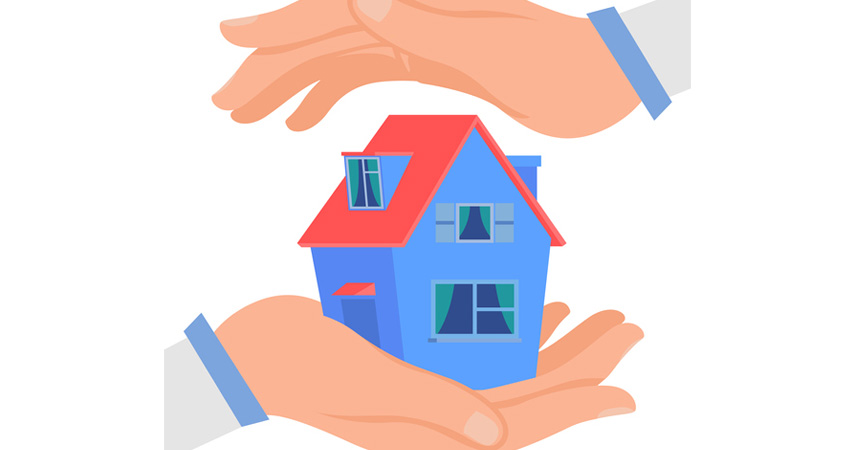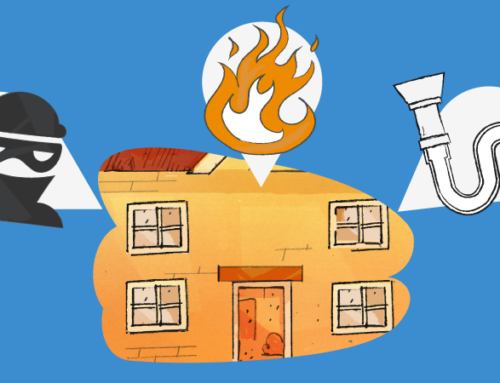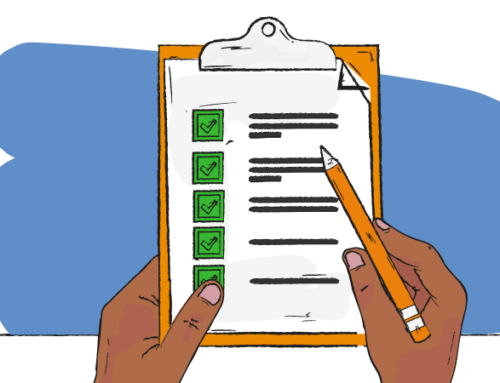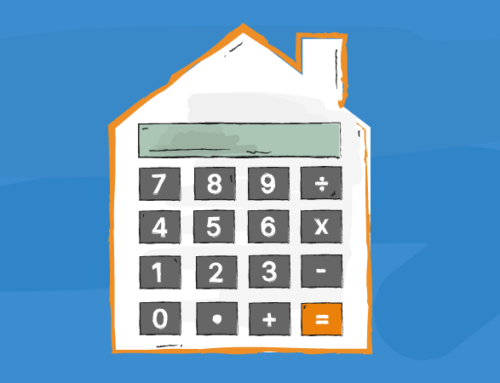29 property hazards landlords need to check for

Under the Housing Act 2004, landlords are required to make sure that their rental properties meet specific standards. These standards are set by the Housing Health and Safety Rating System (HHSRS).
The system provides a risk-based evaluation to help local authorities identify hazards present in residential properties. Their aim is to help ensure safe housing is available that is fit for human habitation.
There are 29 hazards listed in the guidance provided by the Department for Communities and Local Government. Here, we’ve provided a summary, in order for you to use as a reference when checking over your building. We’ve also included the Government’s specification of which occupants would be most vulnerable.
Physical hazards
1. Damp and mould growth
Those aged 14 years or less are most vulnerable to living conditions effected by dampness, mould and fungal growths and dust mites. It is also a massive issue for those with asthma.
2. Excess Cold
Exposure to sub-optimal indoor temperatures can be dangerous, especially to those aged 65 and older.
3. Excess Heat
This is another issue that puts those aged 65 and older at risk, caused by excessively high indoor temperatures.
4. Asbestos and manufactured mineral fibres (MMF)
The health effects of asbestos include damage to the lungs, if inhaled, and, in the most extreme cases, it can cause cancer.
MMFs can irritate the skin and eyes and may cause dermatitis.
5. Biocides
These chemicals are used to treat mould growth and timber in housing. They most commonly cause health problems due to inhalation, but skin contact and swallowing are also issues. The actual problem they cause depends on the particular biocide.
6. Carbon monoxide and fuel combustion products
Due to high levels of carbon monoxide (CO), nitrogen dioxide (NO2), sulfur dioxide (SO2) and smoke in the atmosphere, these are hazards to look out for. CO is especially dangerous for those aged 65 and over. Health effects can vary.
7. Lead
Ingestion of lead is a serious issue, with children under three years old being most vulnerable. It can have a detrimental effect on mental/intellectual development.
8. Radiation
Radon gas is dangerous whether airborne or dissolved in water (e.g. a leakage from a microwave). The Government highlights people aged 60-64 who have had a lifetime exposure to radon as the most vulnerable. The Government states that it is probably the second most important cause of lung cancer after smoking.
9. Uncombusted fuel gas
This poses the threat of asphyxiation due to fuel gas escaping into the atmosphere within the property.
10. Volatile organic compounds
These are emitted as gases from certain solids or liquids. They are widely used as ingredients in household products. Formaldehyde is an example of such a hazard. People living in newly built or refurbished homes are most likely to be exposed to these compounds.
Effects can include allergic reactions, such as eye or skin irritation. High levels of exposure could cause headaches, nausea, dizziness and drowsiness. It’s particularly a problem for those suffering from asthma.
Psychological hazards
11. Crowding and space
As well as the physical implications of a property not providing enough space for tenants (such as trip hazards and hygiene risks), psychological needs should also be considered.
Crowding and a lack of space can cause distress and is linked to various mental disorders.
12. Entry by intruders
Your tenants need to feel safe in their home. The Government highlights that 75% of victims suffer an emotional impact after a burglary.
Consider the following to avoid this issue:
- Install lighting outside of the property
- Maintain locks, doors and windows
- Add security chains and viewers to external doors
- Install a burglar alarm system
- In blocks of flats make sure that there is a phone system for non-residents to gain access, or have a concierge on duty in the reception area
13. Lighting
Inadequate natural or artificial light is known to cause psychological effects, such as depression. Physically, eyestrain is also a concern.
14. Noise
A lack of sufficient sound insulation can lead to raised blood pressure and headaches. It can also affect mental health, due to stress and sleep disturbance. Extreme cases have recorded victims being driven to suicide and assault due to aggravation.
Protection against infection
15. Domestic hygiene, pests and refuse
All sorts of diseases can spread from poor hygiene in a home, from stomach bugs to allergic reactions. Living areas need to be kept clean.
16. Food safety
If adequate facilitates are not provided for food storage and preparation, then there is a risk of infection. This includes something as simple as damaged work surfaces being more difficult to thoroughly clean. HMO tenants may particularly have issues, due to confusion over cleaning responsibilities and more people sharing facilities.
17. Personal hygiene, sanitation and drainage
As a landlord, you need to make sure that tenants have access to appropriate cleaning facilities, in order to avoid illness. These also need to be kept thoroughly clean.
It is highlighted that those aged less than five years old are most vulnerable.
18. Water supply
An unhygienic water supply can cause gastrointestinal illnesses. It can also lead to Legionnaires’ disease, which can cause respiratory infection. 10-15% of such cases are fatal.
Protection against accidents
19. Falls associated with baths etc.
20. Falling on level surfaces etc.
21. Falling on stairs etc.
22. Falling between levels
Falls can cause serious bodily harm, so landlords should make sure that such risks are minimal.
Electric shocks, fires, burns and scalds
23. Electrical hazards
Electric shocks can cause serious burns, so you need to make sure that all electrical systems and fixed appliances are checked over.
24. Fires
This refers to accidental fires, as opposed to arson. More than 400 people die each year due to accidental fires and more than 11,000 are injured. Gas, smoke or possible carbon monoxide poisoning caused by a fire can also lead to death.
25. Flames, hot surfaces etc.
Anything that could cause burns or scalds needs to be dealt with. Causes include:
- Bare hot surfaces of 70°C or more
- Unguarded open flames
- Tap water above 60°C
This is mostly an issue for young children under five years living in the property.
Collisions, cuts and strains
26. Collision and entrapment
This includes anything in the property that the tenant might collide with due to poor placement, such as windows, doors, low ceilings and walls. It also includes body parts getting trapped in features such as doors and windows.
The most vulnerable include children under five years old.
27. Explosions
This one speaks for itself, but government guidance warns that debris created by the blast/partial or total collapse of a building as a result of an explosion could result in extreme harm.
28. Position and operability of amenities etc.
The guidance refers to ‘functional space’ as well as other features in the property that may be associated with physical strain.
If you are letting the property to elderly tenants, can they easily access amenities without risk of strain?
29. Structural collapse and falling elements
The final hazard on the list refers to the collapse of the building or parts of its structure falling due to inadequate maintenance or because of bad weather.
Disclaimer: The opinions and views expressed in the above article are those of the author only and are for guidance purposes only. The author disclaims any liability for reliance upon those opinions and would encourage readers to rely upon more than one source before making a decision based on the information.




